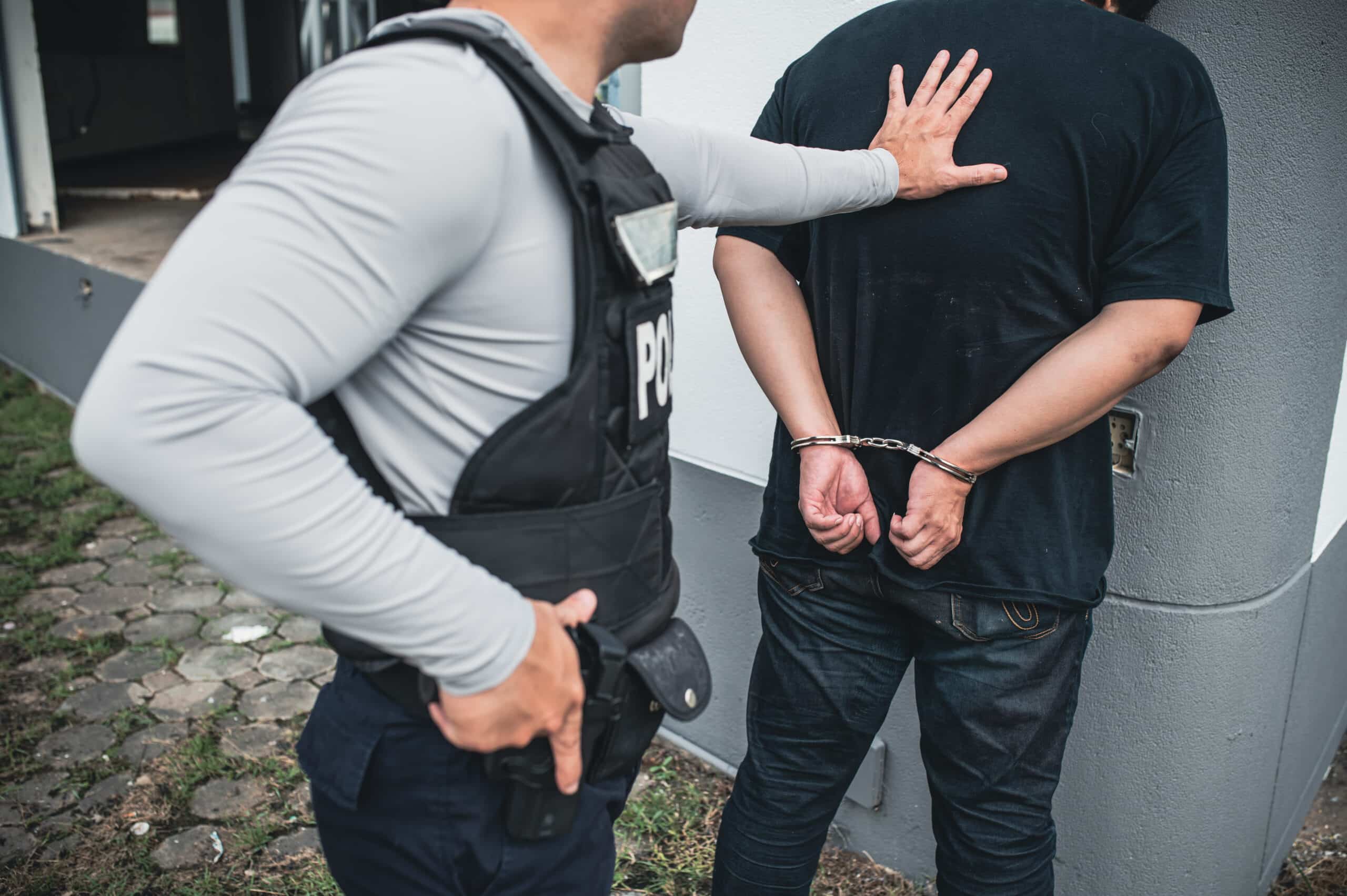
When police lights flash behind you or an officer gives a command, everything can change in seconds. Maybe you’re scared. Perhaps you’re trying to comply. But sometimes, those moments escalate and someone gets hurt. You expect law enforcement to follow the law, act with restraint, and protect your rights. But what happens when they don’t?
If you or someone you love was injured, arrested, or mistreated by Columbus police, it’s essential to understand when force is legally justified and when it crosses the line. At Luftman, Heck & Associates, our Columbus criminal defense lawyers have spent years standing up for people whose rights were violated by the criminal justice system.
This guide explains how Ohio law defines police use of force, how Columbus officers are trained, and most importantly, what you can do if you believe the force used against you wasn’t lawful.
When Can Police Use Force Under Ohio Law?
Under Ohio law and federal constitutional standards, police officers may use objectively reasonable force to accomplish lawful duties. This includes:
- Effecting a Lawful Arrest– Officers may use reasonable force to arrest someone who is actively resisting or attempting to flee.
- Preventing Escape – Force may be used to prevent a suspect from fleeing, especially if the person is dangerous.
- Self-Defense or Defense of Others – Officers are authorized to use force when they reasonably believe it’s necessary to protect themselves or others from imminent harm.
- De-escalation Comes First – Under Ohio’s use-of-force policy, officers must attempt to de-escalate the situation before using force, especially with individuals experiencing mental health crises.
The force used must be proportional to the threat presented and must take into account the totality of the circumstances, including the severity of the alleged crime, whether the person posed an immediate threat, and whether they were actively resisting or fleeing.
The U.S. Supreme Court case Graham v. Connor established the “objectively reasonable” standard, meaning an officer’s use of force is judged from the perspective of a reasonable officer on the scene, not in hindsight.
What About Deadly Force?
Deadly force is the most serious form of police action and is only justified under narrow conditions.
Under Tennessee v. Garner, deadly force cannot be used simply to stop a fleeing suspect unless the officer has probable cause to believe the suspect poses a significant threat of death or serious physical harm to the officer or others.
According to Ohio’s standards, deadly force may only be used:
- To defend oneself or another person from imminent death or serious physical injury
- In accordance with applicable federal and Ohio Supreme Court rulings
The Ohio Collaborative Community-Police Advisory Board, which created statewide use-of-force standards in 2016, emphasizes that the preservation of human life is the highest value in use-of-force decisions.
Are Columbus Police Certified to Follow These Rules?
Yes, the Columbus Division of Police is certified under Ohio’s official statewide use-of-force standards. These rules were developed by the Ohio Collaborative Community-Police Advisory Board and designed to build trust between law enforcement and the public. They require all certified departments to adopt policies on use of force, de-escalation, bias-free policing, community engagement, and officer training.
Columbus was among the first departments certified under these standards and has maintained compliance through 2025. The city has also added independent oversight tools, including a Civilian Police Review Board and an Inspector General’s Office to investigate officer misconduct.
But certification only tells us that the department’s policies meet the standard. It doesn’t mean every officer’s actions do. Accountability depends on how those policies are followed on the ground—and how the system responds when they’re not.
Columbus Use-of-Force Cases That Made Headlines
Columbus has faced painful reminders in recent years of what’s at stake when police force crosses the line.
The 2020 killing of Andre Hill, an unarmed Black man holding a cellphone, led to public outrage, a $10 million settlement (the largest in city history) and the passage of Andre’s Law, which requires officers to provide medical aid and ensures bodycams are active. In 2021, the fatal shooting of Ma’Khia Bryant, a 16-year-old girl involved in a domestic altercation, sparked national debate over the use of deadly force against minors. More recently, lawsuits stemming from incidents like the 2023 shooting of Antwan Lindsey and the 2025 settlement with teacher Sierra Simmons, who was taken to the ground and injured while looking for her children, have continued to raise questions about officer conduct, wrongful arrests, and the limits of accountability.
These incidents show that while certification sets the foundation, real reform requires ongoing transparency, scrutiny, and commitment to justice.
What Are Your Rights If Police Used Force Against You?
Whether you were arrested or not, if an officer used force against you, you still have rights. The U.S. Constitution protects you from excessive or unreasonable force during interactions with law enforcement. In Ohio, the law makes clear that officers must use only the amount of force necessary for the situation. If they go beyond that, depending on the facts of your case, you may be able to:
- Challenge your arrest or have criminal charges reduced or dismissed if the force used was unlawful or violated your constitutional rights
- File a civil rights lawsuit under 42 U.S.C. § 1983 for excessive force or police misconduct
- Pursue state law claims for assault, battery, false arrest, or negligence
- File an administrative complaint with the Columbus Inspector General, Internal Affairs, or the Civilian Police Review Board
But there’s a critical limit: the amount of force used must be proportional to the threat. Officers are also expected to attempt de-escalation, especially when mental health or communication issues are involved, before turning to force. This principle comes from the U.S. Supreme Court decision in Graham v. Connor, which says police conduct should be judged based on what a reasonable officer would do in the moment, not with 20/20 hindsight.
What To Do After a Use-of-Force Incident in Columbus? Call LHA
If you’ve been injured or mistreated by police, what you do next matters. Act fast. Body camera footage, radio logs, and witness statements can disappear in days. So you have a chance to protect your rights.
Start by getting medical care, even for minor injuries, and keep records of every visit. Photograph your injuries and any damage to your belongings. If witnesses or bystanders recorded the incident, ask for copies or their contact information. Write down everything you remember, including officer names, badge numbers, and anything that was said or done.
Then, call a criminal defense lawyer. At Luftman, Heck & Associates, we move quickly to preserve critical evidence and fight back against unjust arrests and excessive force. We’ll evaluate how the officer’s actions affected your case—and whether they violated your rights.
Call(614) 500-3836 or request a free consultation today. You deserve answers, accountability, and a strong advocate in your corner.

